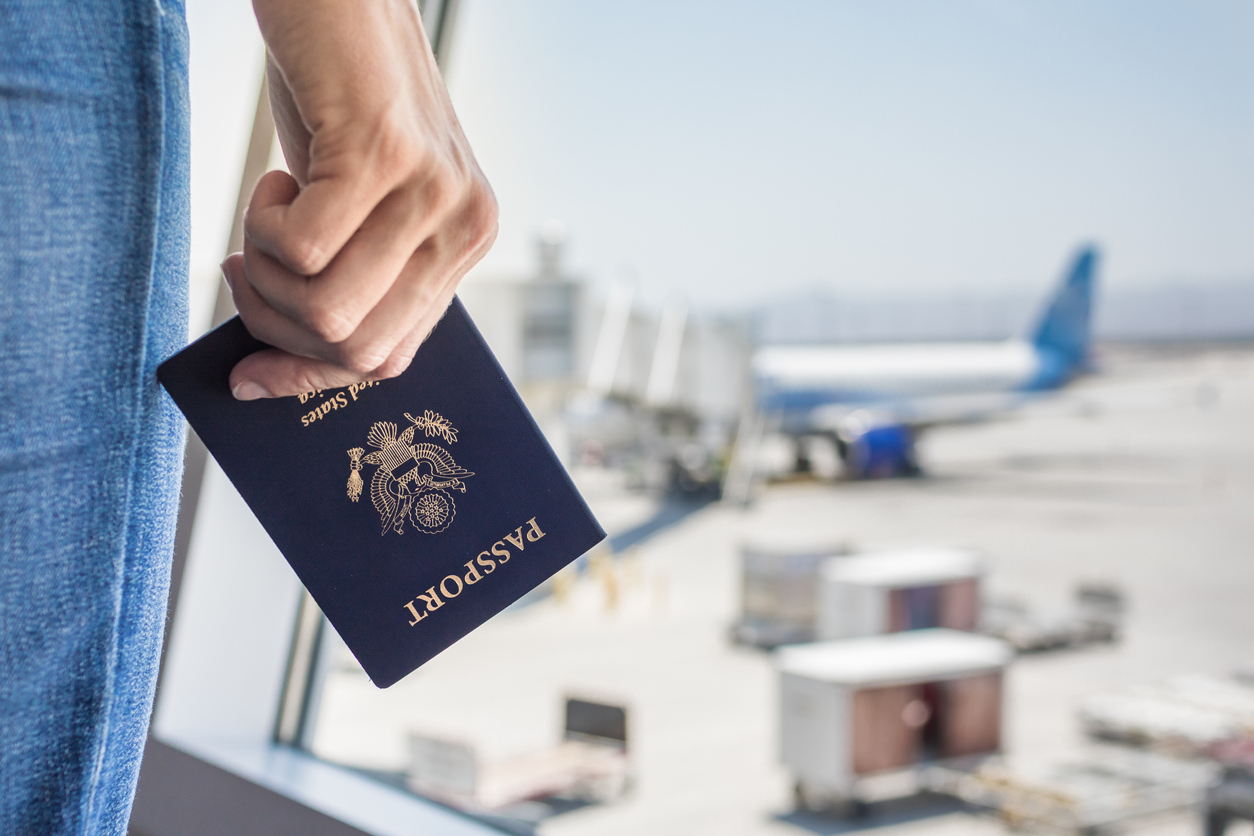As of the end of January, the U.S. Embassy in Mexico City issued a stark warning against traveling to several towns in the Tamaulipas region, including Reynosa, Rio Bravo, Valle Hermoso, and San Fernando. These towns, which share a border with Texas, have been deemed highly dangerous due to escalating criminal activity and the rising threat of kidnappings. Consequently, the U.S. State Department has assigned them the highest possible travel advisory: Level 4—Do Not Travel Due to Crime and Kidnapping.
Rising Violence and Threats in Tamaulipas
According to the Embassy, violence in the region has escalated to alarming levels. “The U.S. Consulate is aware of increasingly frequent gun battles occurring in and around Reynosa in the late night and early morning hours,” the warning stated. The dangers are not limited to shootings alone. The state of Tamaulipas has also issued an urgent notice regarding the presence of improvised explosive devices (IEDs) in the area. These devices have been found scattered along dirt and secondary roads, posing severe risks to residents and travelers alike.
A particularly alarming incident occurred on January 23, when an IED destroyed a vehicle belonging to the Government of Mexico’s Conagua agency in Rio Bravo, injuring its occupant. The use of IEDs, which are being increasingly manufactured and deployed by organized crime groups, marks a disturbing development in the region’s security crisis.
To mitigate risks, the U.S. government has taken decisive action. All U.S. government employees have been ordered to avoid travel in and around Reynosa and Rio Bravo outside of daylight hours. Additionally, officials are advised to stay off dirt roads throughout Tamaulipas due to the high probability of encountering explosive devices.
The U.S. State Department has reiterated that Tamaulipas remains at Level 4—Do Not Travel Due to Crime and Kidnapping, a classification that underscores the severity of the situation.
Warnings for Travelers to Mexico
While certain areas of Mexico, such as Tamaulipas, have reached critical levels of danger, the country as a whole remains classified under Level 2—Exercise Increased Caution. Despite ongoing security concerns, Mexico continues to be a favored travel destination for Americans, particularly during spring break and summer vacation periods.
However, with the worsening security situation in certain regions, U.S. officials have provided a list of precautionary measures for those traveling to affected areas:
- Avoid dirt roads: Stick to paved roads whenever possible.
- Do not touch unknown objects: Avoid picking up or moving any suspicious items near roads, as they may be explosive devices.
- Plan travel during daylight hours: Avoid traveling at night when risks are significantly higher.
- Stay informed: Monitor local news and official travel updates for real-time developments.
- Be aware of your surroundings: Remain vigilant and cautious in unfamiliar locations.
- Notify friends and family: Keep loved ones updated about your whereabouts and safety.
These guidelines are designed to help mitigate the risks associated with traveling to high-alert areas in Mexico.
U.S.-Mexico Relations Amid Heightened Travel Concerns
Despite rising tensions between U.S. and Mexican authorities over security concerns, Mexico remains an attractive destination for millions of American tourists each year. The country’s stunning beaches, vibrant culture, and warm climate continue to draw travelers despite warnings from officials.
However, recent incidents—including the discovery of explosive devices and frequent cartel-related violence—have raised red flags for both governments. The U.S. Embassy has stressed that while popular tourist destinations may seem safe, the risks associated with traveling to specific areas should not be underestimated.
Authorities in both nations are actively monitoring the situation, but travelers are urged to exercise extreme caution and remain aware of any new developments. As criminal organizations expand their activities in certain regions, the potential for violence and security threats is expected to remain high in the foreseeable future.
Final Thoughts: Is It Safe to Travel to Mexico?
Mexico is a country of contrast—offering both breathtaking vacation experiences and significant safety concerns. While many areas remain popular and relatively safe for tourists, others, particularly in Tamaulipas, have reached levels of danger that should not be ignored.
For those planning a trip, staying informed, adhering to safety guidelines, and choosing destinations carefully can make all the difference. The latest Level 4 travel warning for Reynosa, Rio Bravo, Valle Hermoso, and San Fernando serves as a stark reminder of the ongoing security challenges in some regions.
As always, travelers should prioritize safety, stay vigilant, and follow official advisories to ensure a secure and enjoyable experience abroad.

